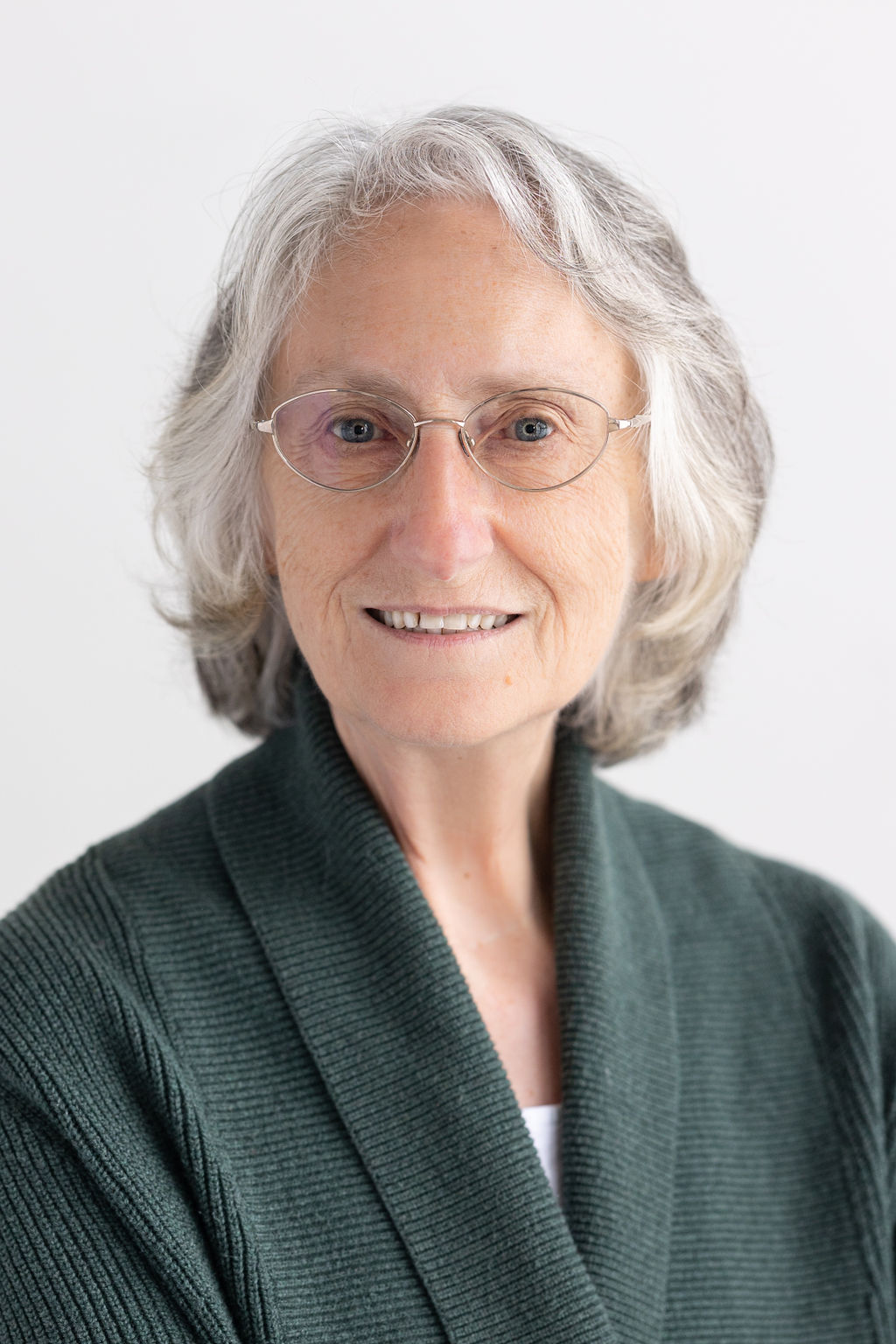
In April 2020, National Geographic sent their latest issue: “How We Lost the Planet / How We Saved the World,” a “flip book” where there were two front covers that met in the middle. I wrote them about their titles because I was so frustrated at how humans are framing the issue of the environment and I had hoped that a group like National Geographic would know better.
We are neither going to lose the planet nor save it. The question isn’t about the planet. The question is whether we are going to lose or save ourselves. The planet will go on spinning with or without us for some millennia to come. The question is whether we’re going to be on it. And that question depends on whether we can treat our environment in a way that it will be able to support us.
NASA offers a website with “vital signs of the planet” in relation to climate change (https://climate.nasa.gov/vital-signs/). Carbon dioxide has risen to 421ppm (April 2023). Global temperature’s latest annual average anomaly (2022) is 0.89°C/1.6 °F. You can go to that website and read the vital signs for Methane, Ocean Warming, Ice Sheets, Sea Level, and Arctic Sea Ice Minimum Extent. Even NASA calls them “vital signs of the planet.”
As long as we frame this issue on the planet and not on ourselves, I wonder at our chances of success. We have entered the sixth mass extinction and the species that are disappearing the fastest are creatures with spines. Yes, us.
According to CalMatters (https://calmatters.org/politics/2021/08/california-recycling-single-use-plastic/#), despite the best intentions of Californians who diligently try to recycle yogurt cups, berry containers and other packaging, it turns out that at least 85% of single-use plastics in the state do not actually get recycled. Instead, they wind up in the landfill. And we’re one of the better states (or so we think).
There is hope. There is always hope, but it dwindles by the day. The Ocean Cleanup (https://theoceancleanup.com), founded by Dutch inventor Boyan Slat in 2013 when he was only 18, is one sliver of hope. So far, his non-profit, which works on reducing plastics in oceans and rivers, aims to clean up 90% of the world’s floating ocean plastic by 2040. So far, they’ve made a tiny dent in the “Great Pacific Garbage Patch”, but a dent is a dent and they are scaling up their efforts every year.
Klaus Lackner, a researcher at Arizona State (https://www.azcentral.com/story/news/local/arizona-environment/2022/04/22/asu-researcher-builds-mechanical-tree-capture-carbon-dioxide/7398671001/), has built a mechanical tree. Lackner’s a sustainable engineering professor and has spent over twenty years researching carbon capture and storage technologies. He estimates his tree is 1,000 times more efficient at absorbing carbon than a natural tree.
Having captured the carbon dioxide, he still has to do something with it. The tree has discs that absorb CO2 when exposed to a dry environment. In Arizona, that happens in about half an hour to an hour. The discs are then collected and dropped into a container, where a scientist removes the air, warms the environment and adds moisture to release the CO2. The container then has a mixture of CO2 and water vapor, which the scientist extracts, cleans and compresses to make liquid carbon dioxide, which can be used for everything from dry ice to jet fuel.
These signs of progress are hopeful, but do not address human behavior, which has to change if we want to save not the planet, but ourselves. I call on each reader of this piece to act and act now.

By Paul DeLong
On June 8, 2023
There is so much good information here to explore further through your generously provided links. Thank you. Your intention is well-focused; your call poignant.
By Aline Soules
On June 8, 2023
Thanks, Paul.